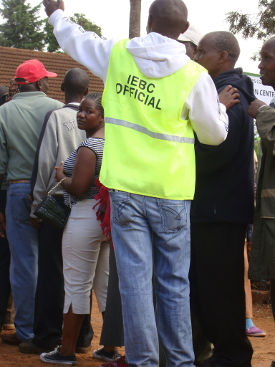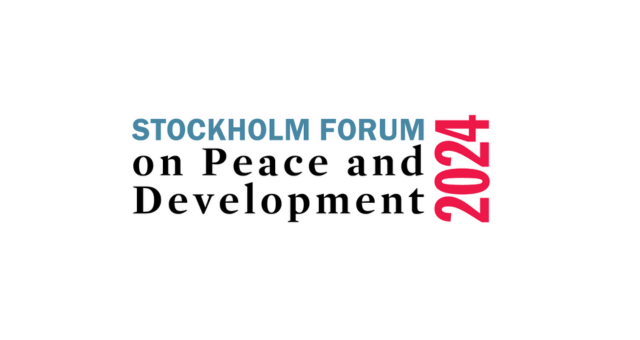
In relation to the opening of a new exhibition on voting materials at the National Museum of Kenya, the French Institute for Research in Africa organised a public forum on elections and technologies. The topic is highly relevant in the African region in general – but maybe particularly in Kenya where a number of new technologies were introduced in the last election. Organised under the new constitutional framework, the 2013 elections furthermore presented a litmus test to the future of democracy in the country, and its ability to implement peaceful elections.
With the introduction of new technologies for voter registration/identification and for result management purposes the Independent Electoral and Boundary Commission (IEBC) took a bold step into the “tech era”. One of the main intentions for the reform was to increase credibility of the electoral process – this was critical following the wave of protests and violence that broke out after the 2007 elections. IEBC in its current form was only two years old in 2014, having been revamped under the new constitution that came into force in 2011.
However, during the implementation of voter registration and elections-related activities, it became increasingly visible that these new technologies did not yield the wanted results. Notably, new methods for registering voters using biometric data contributed to a cleaner voters’ roll. But at the end of the day, the IEBC encountered severe problems linked to the new equipment. The decision to introduce electronic devices that were so critical to the credibility of election operations have therefore in some ways had the opposite effect.
Was the newly established IEBC ready to implement high-tech equipment? Was the technology prematurely rushed into place? And, most important, did the introduction of new technology contribute to decrease rather than increase the credibility of the elections and public trust in the IEBC itself?
It is clear that electoral technologies are here to stay. In Africa, a number of countries have embarked on technologizing their election. Ghana, Nigeria and Kenya for example – all considered to be at the developmental forefront on the continent – has introduced technologies for voter registration and identification over the past few years. Last year Namibia became the first country in Africa to apply electronic voting machines for nation-wide elections. Countries that are not yet fully on the “tech-waggon” are carefully scrutinizing the results, visiting their peers, carrying out feasibility studies etc.
But discussion on elections and technologies is increasingly also focusing the somewhat “hard” lessons learned. Considerations concerning costs and sustainability have been prominent. Given the pace of technological developments, the equipment used in one election may already be out of date as the next election is approaching. This has given a rise to a discussion around the possibility of consolidating election technology “banks” at the regional level. The idea would be that the equipment can travel and be used in elections in several countries. Equipment exchanges have already taken place bilaterally. For example, the electronic voting machines used in Namibia were borrowed from the Election Commission of India.
Another issue concerns the need for time. The equipment must be purchased in a way that gives EMBs the possibility to scan the market and identify the best solution that is in line with their particular needs and that fit within their specific context. There must be time to allow for testing and public validation of the new equipment. Changes to the electoral laws may also be required – which in itself can be a tedious process given the vested interests of the politicians as well as rules and processes of legislative affairs. Furthermore, procedures need to be developed and there must also be time to ensure that those who will use the equipment are properly trained.
In Kenya, the IEBC now has a bit more than two years to go before the next election. It has some hard decisions to make when it comes to its approach toward and use of electoral technology. It has purchased equipment which is now in store and is ready to be used again, but following the many incidents in the last election, stakeholders’ trust in the current machines and processes presents a challenge.
Moreover, and partly due to the tech problems, but also linked to the so-called Chickengate – a corruption scandal involving IEBC officials and a UK-based printing company – trust in the IEBC itself is low. Is technology likely to “save” future elections in Kenya? Or is it necessary to take one step back and slowly build up trust and credibility in the electoral process and the IEBC before putting tech-solutions back on the table?
It remains to be seen which direction the IEBC will take. Either way, it is clear that a decision must be made sooner rather than later to ensure timely preparation, whichever methodology will be in place.


